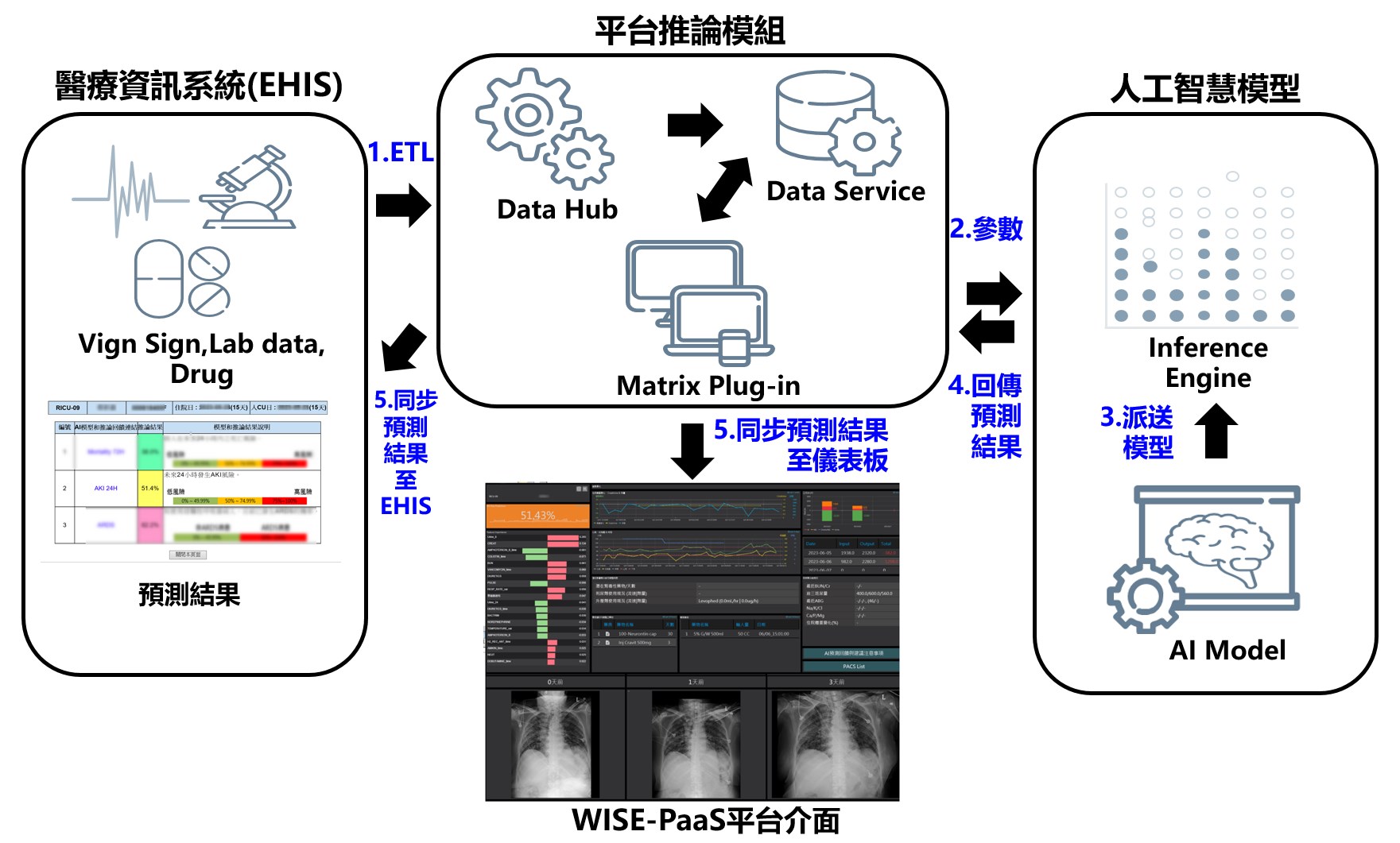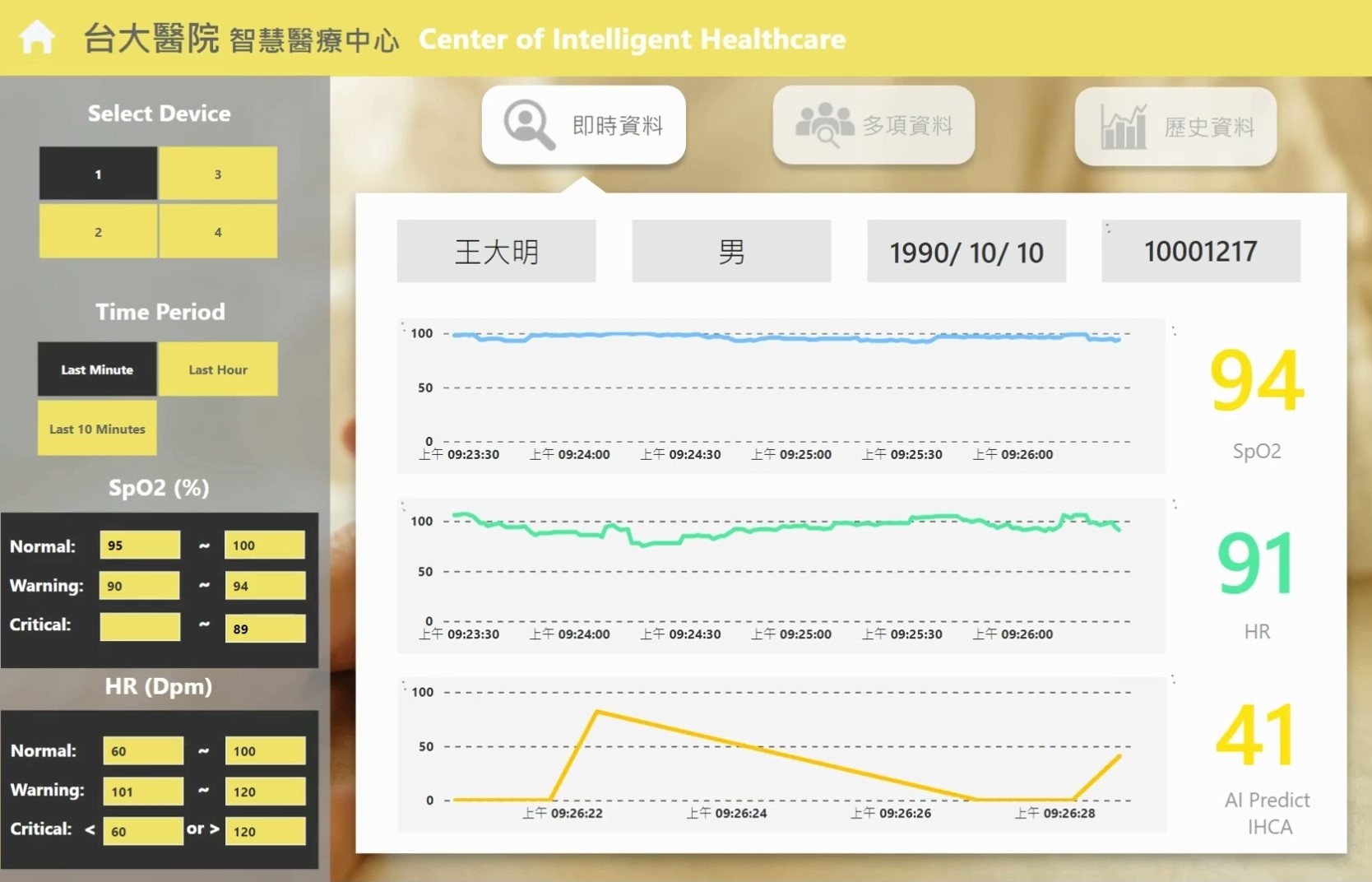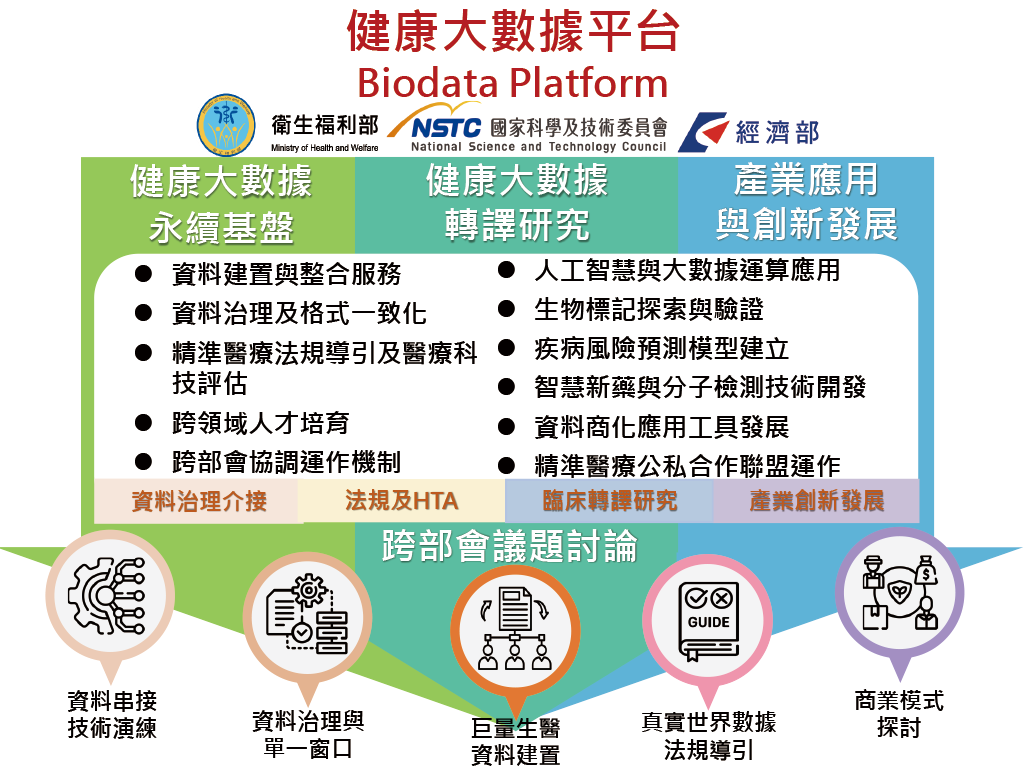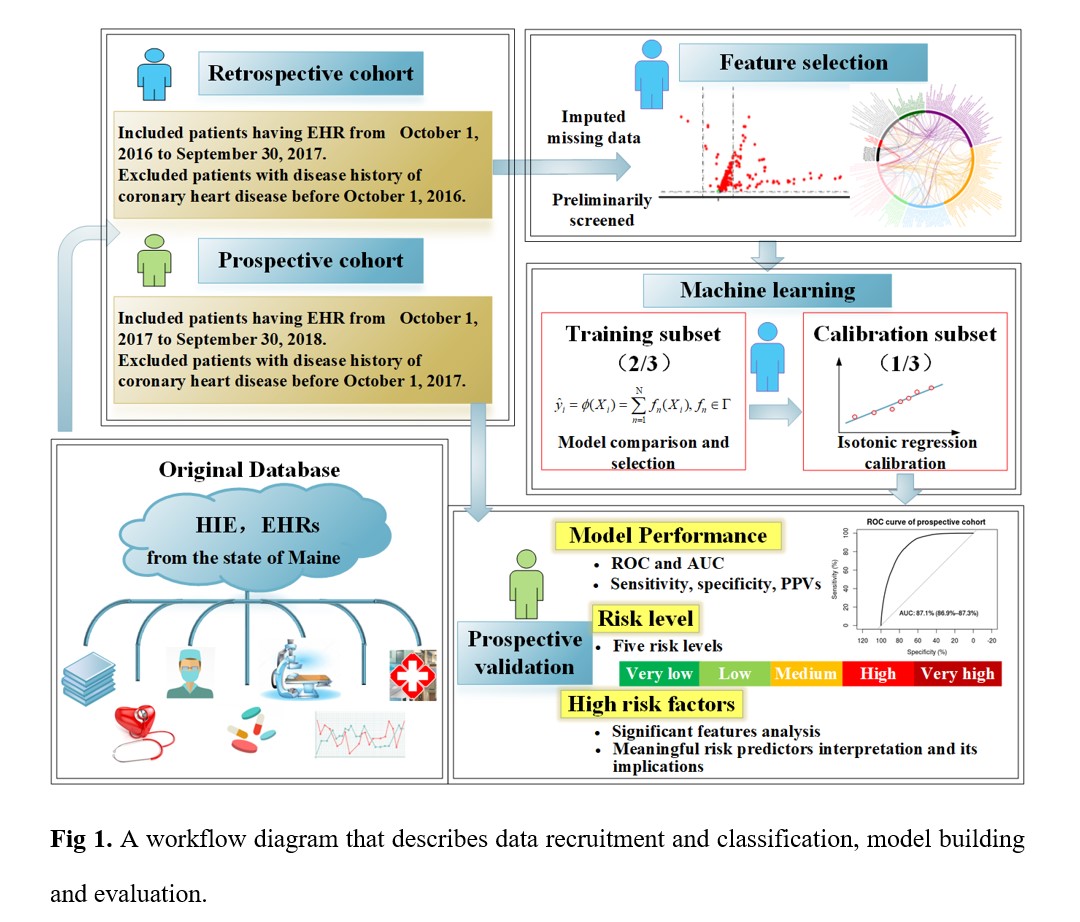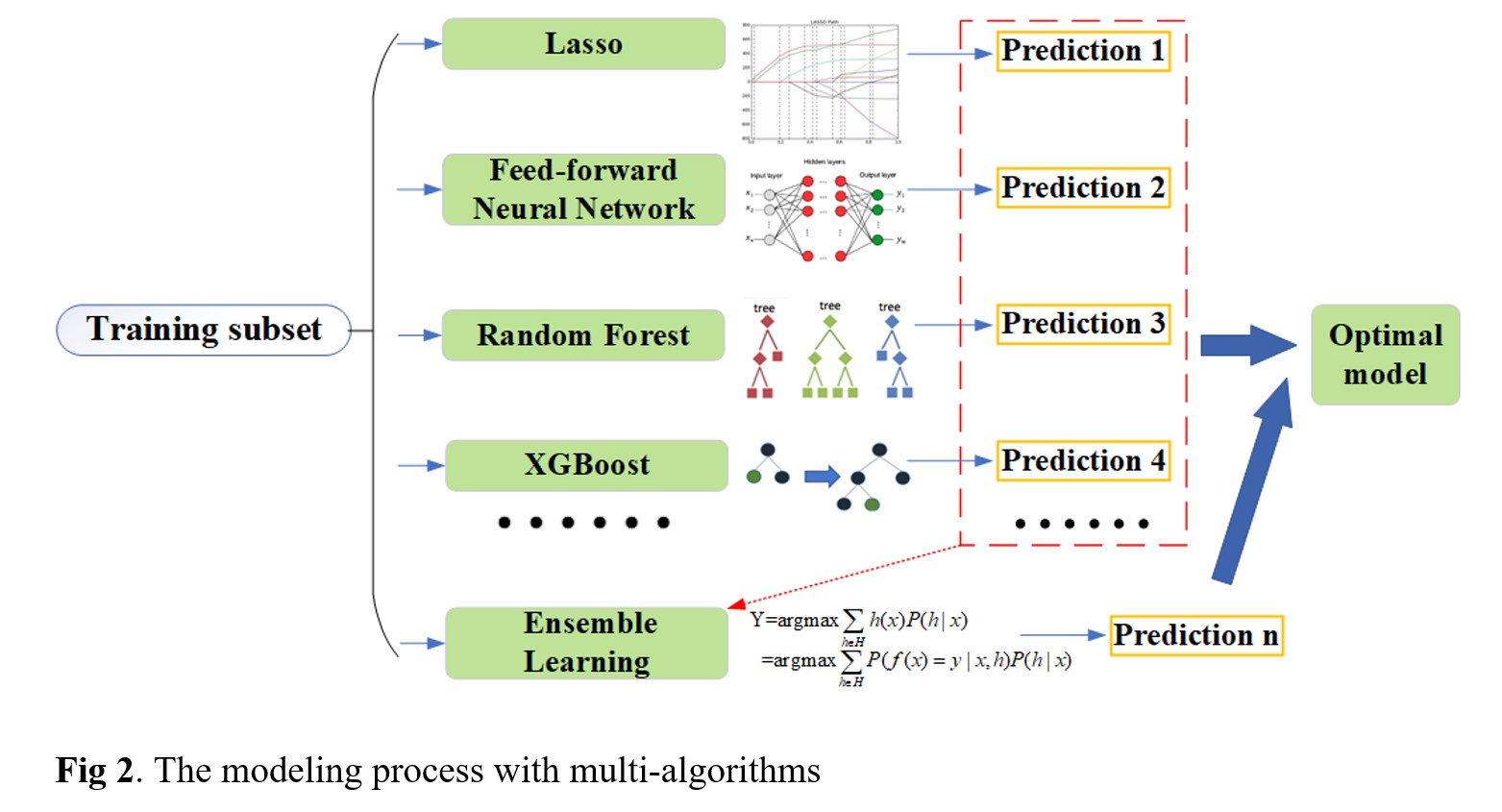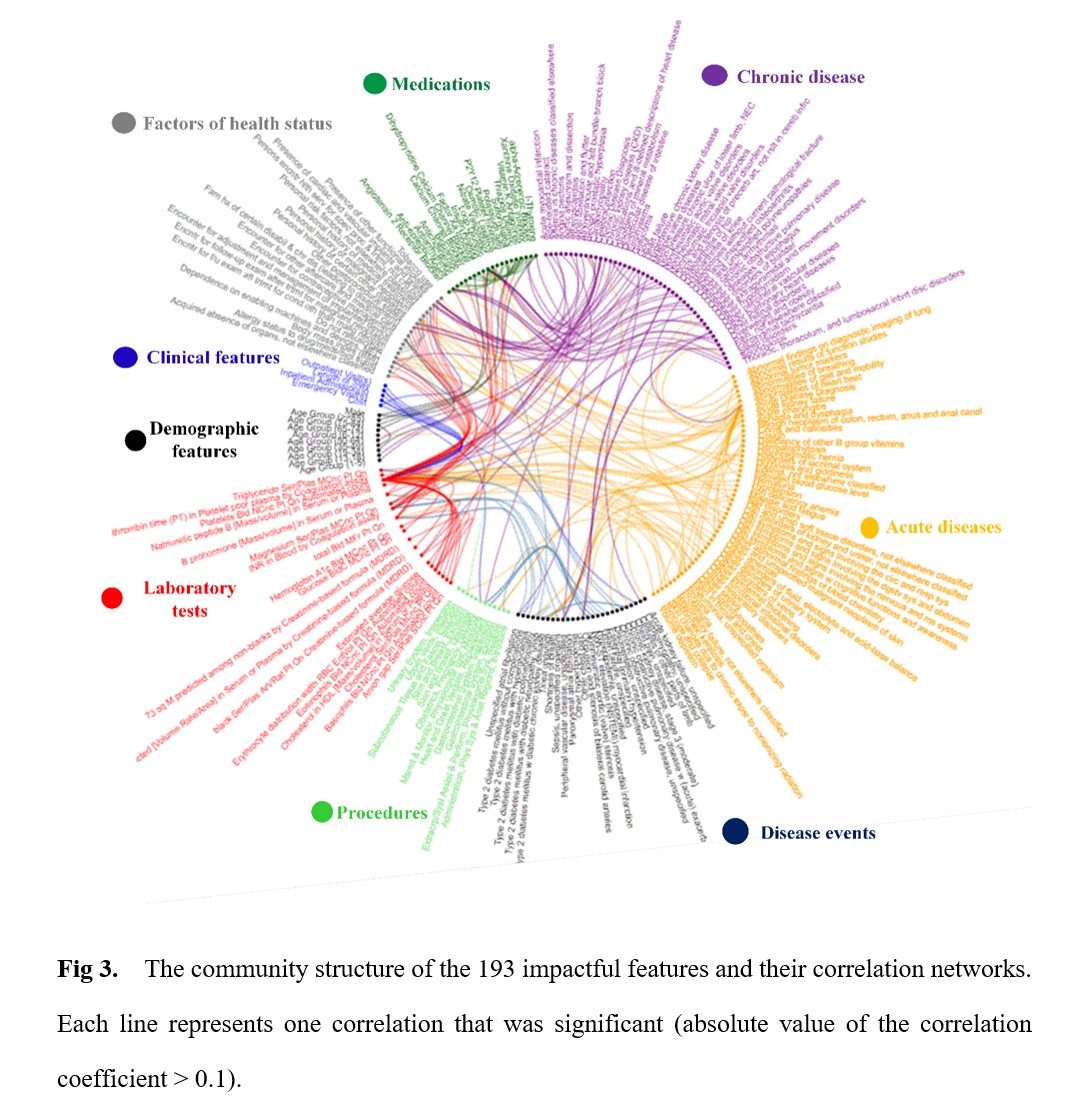| Technical Name | Integrated Multiple Machine LearningDeep Learning Algorithms to Construct Prediction Model of Incident Cardiac DysrhythmiaCoronary Heart Disease | ||
|---|---|---|---|
| Project Operator | National Taiwan University | ||
| Project Host | 傅立成 | ||
| Summary | Risk assessment tools were developed to identify general population individuals at risks of future cardiac dysrhythmiacoronary heart disease (CHD) within the time period of one year using a dataset of EHRs obtained from Maine’s statewide Health Information Exchange. The prediction models were conditioned retrospectivelyvalidated prospectively with AUC 0.827AUC 0.888. Our models were capable of prospectively stratifying the general population into five risk groups that were imminently likely to have a Cardiac Dysrhythmia incidentCHD. Our models may inform targeted care plans designed to manage patients at different levels of cardiac dysrhythmiaCHD risk. |
||
| Scientific Breakthrough | • Cardiac DysrhythmiaCHD Prediction Models ConstructionEvaluation The retrospective cohort were divided into two subsets, one for training the prediction modelthe other for calibrating the model to generate the final risk scores. During model training, the prediction results of different algorithms, including Least Absolute ShrinkageSelection Operator (LASSO), feed-forward neural network, random forest, boosting, extreme gradient boosting (XGBoost), naïve Bayes,k-nearest neighbor (KNN),Bayesian probabilistic ensemble setting were synergistically combined to achieve better prediction performance. |
||
| Industrial Applicability | We proposed models for predicting the probability of cardiac dysrhythmiacoronary heart disease (CHD) for one subsequent year. In precision healthwellness, we predict cardiac dysrhythmiacoronary heart diseasetheir complications with absolute probabilities, which enables physicianspatients to take the necessary preventive steps before it’s too late. In healthcare analytics, we provide solutions that enable our customers to succeed in value-based care: a real time acute early warning system to hospitalshealth systems,a population health management solution to population care entities that include health information exchange (HIE), accountable care organization (ACO), government,health plans. |
||
| Keyword | Machine Learning Deep Learning Cardiac Dysrhythmia Coronary Heart Disease Prospective Prediction Risk Assessment Prospective Case Finding Early Warning System | ||
- Contact
- I Hsuan Li
- yhli@ntu.edu.tw
other people also saw

